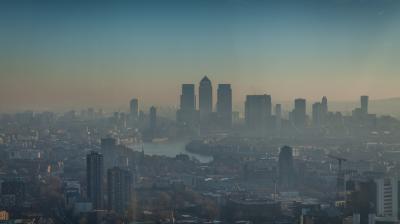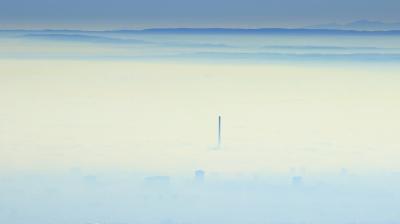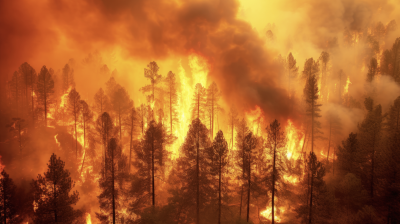WMO Air Quality and Climate Bulletin No. 2 - September 2022
This edition of the WMO Air Quality and Climate Bulletin provides an update on the global distribution of particulate matter for 2021, highlighting the contribution of extreme wildfire events. In response to the growing frequency and intensity of wildfires, and the projected increase of wildfire activity in some parts of the world as the climate warms (UNEP, 2022), this edition of the Bulletin explores the impacts of smoke (from wildfires and crop burning) on air quality.
The present Bulletin also explores a range of possible air quality outcomes as the climate continues to warm throughout the twenty‑first century under high‑ and low‑emissions scenarios, and concludes with an overview of the implications of atmospheric deposition for air quality, ecosystem health and climate.
About the WMO Air Quality and Climate Bulletin series
Ongoing climate change, caused by the accumulation of greenhouse gases in the atmosphere, is happening on a timescale of decades to centuries and is driving environmental changes worldwide. In contrast, the air pollution that occurs near the Earth’s surface happens on a timescale of days to weeks, and across spatial scales that range from local (for example, urban centres) to regional (such as the eastern United States of America, northern India or the Amazon).
Despite these wide‑ranging differences, air quality and climate change are strongly interconnected. The WMO Air Quality and Climate Bulletin reports annually on the state of air quality and its connections to climate change, reflecting on the geographical distribution of and changes in the levels of traditional pollutants.




